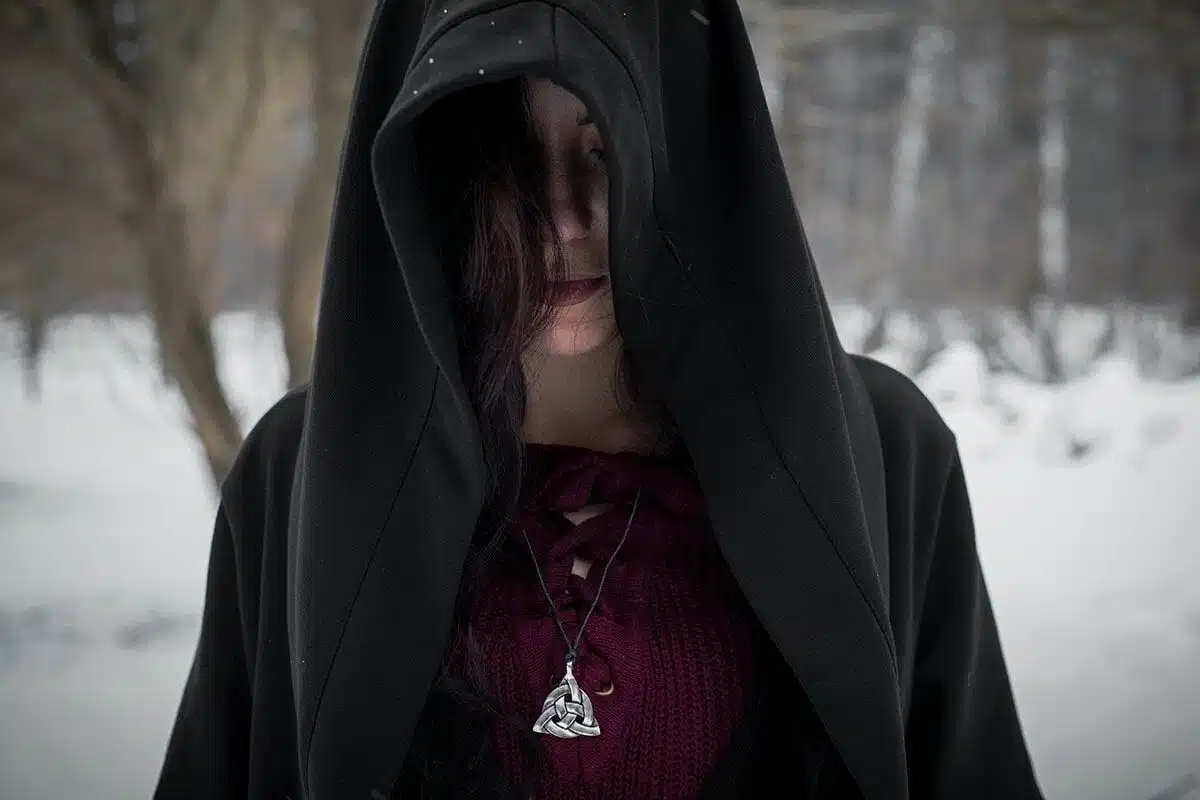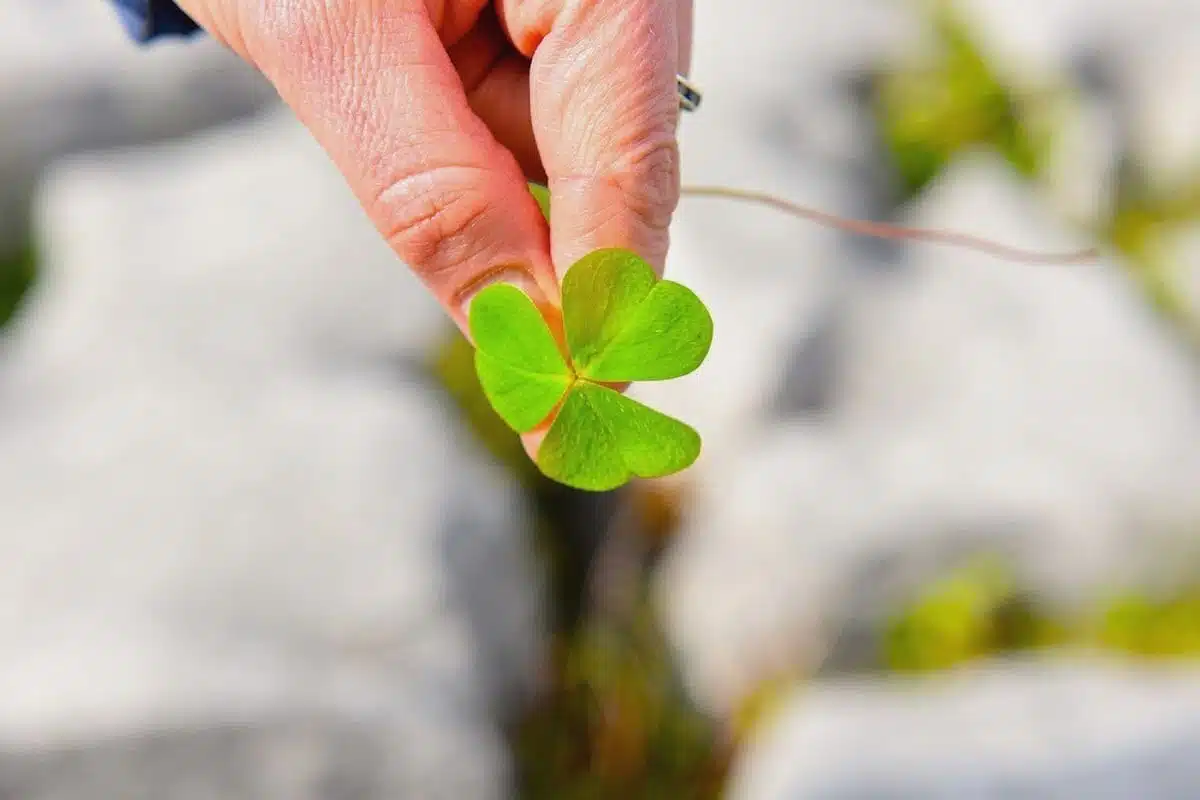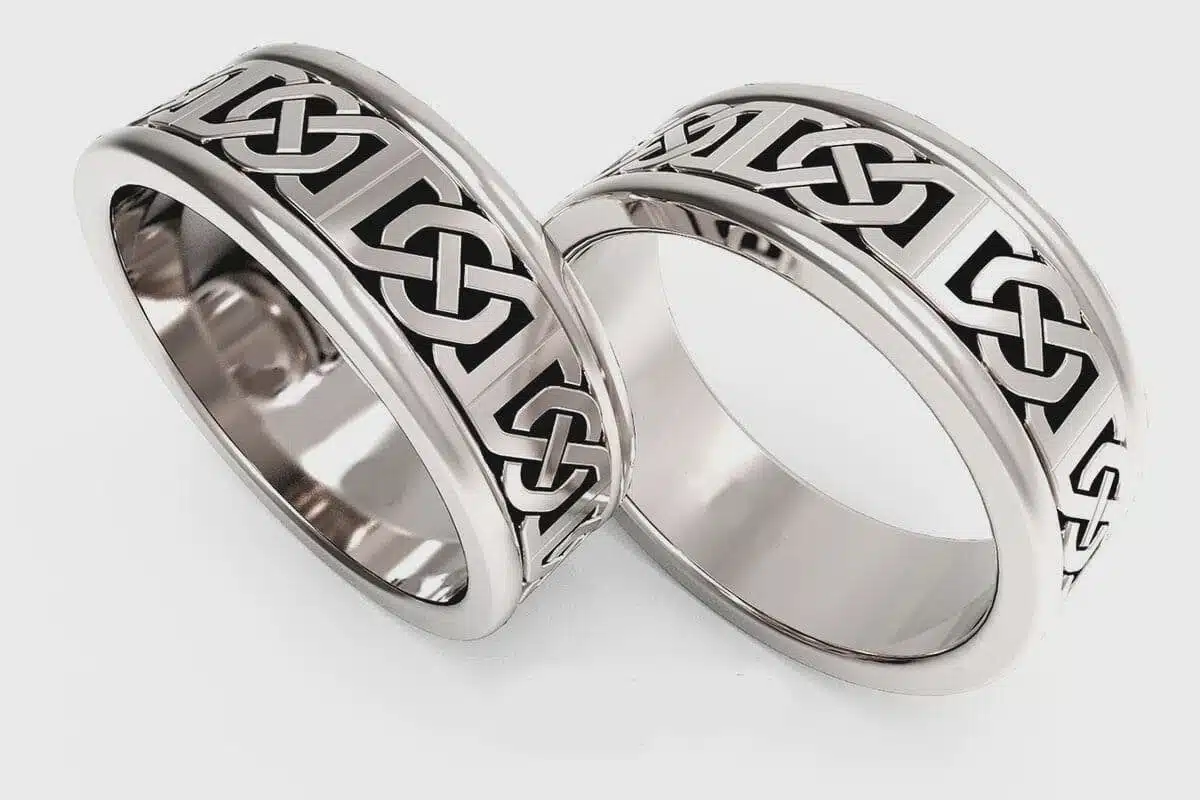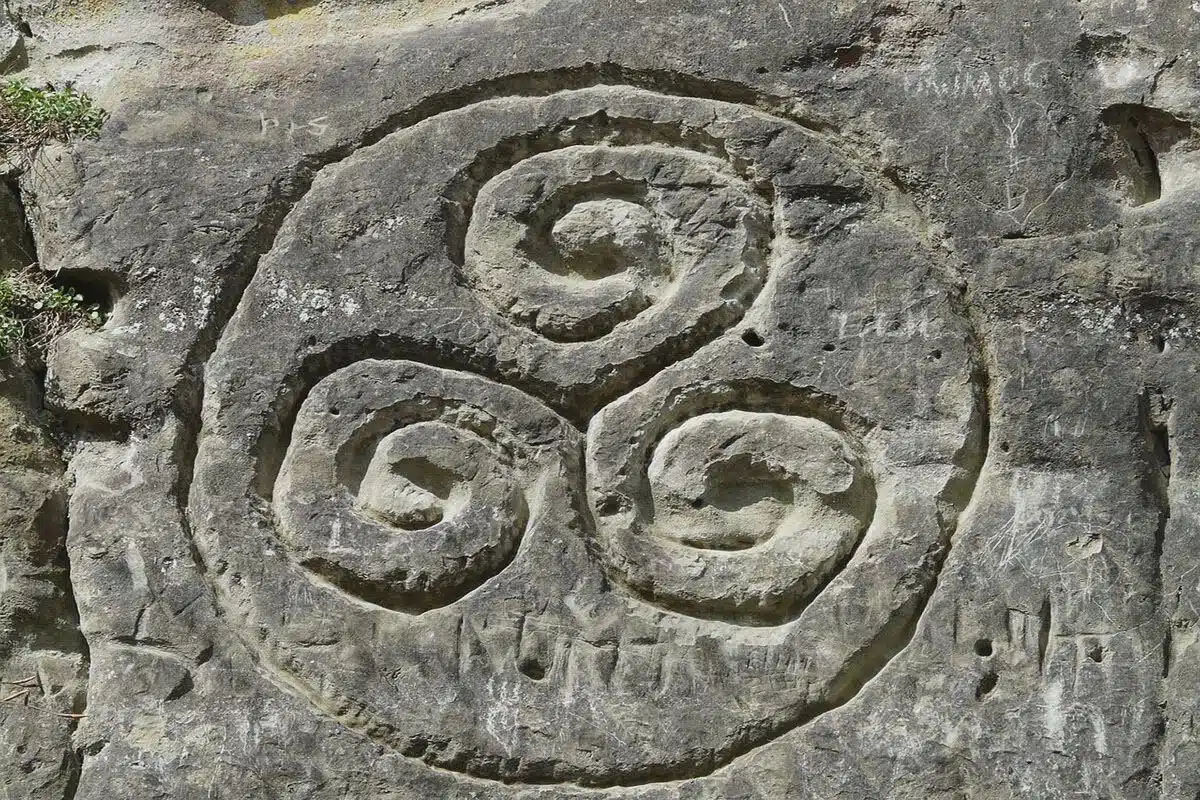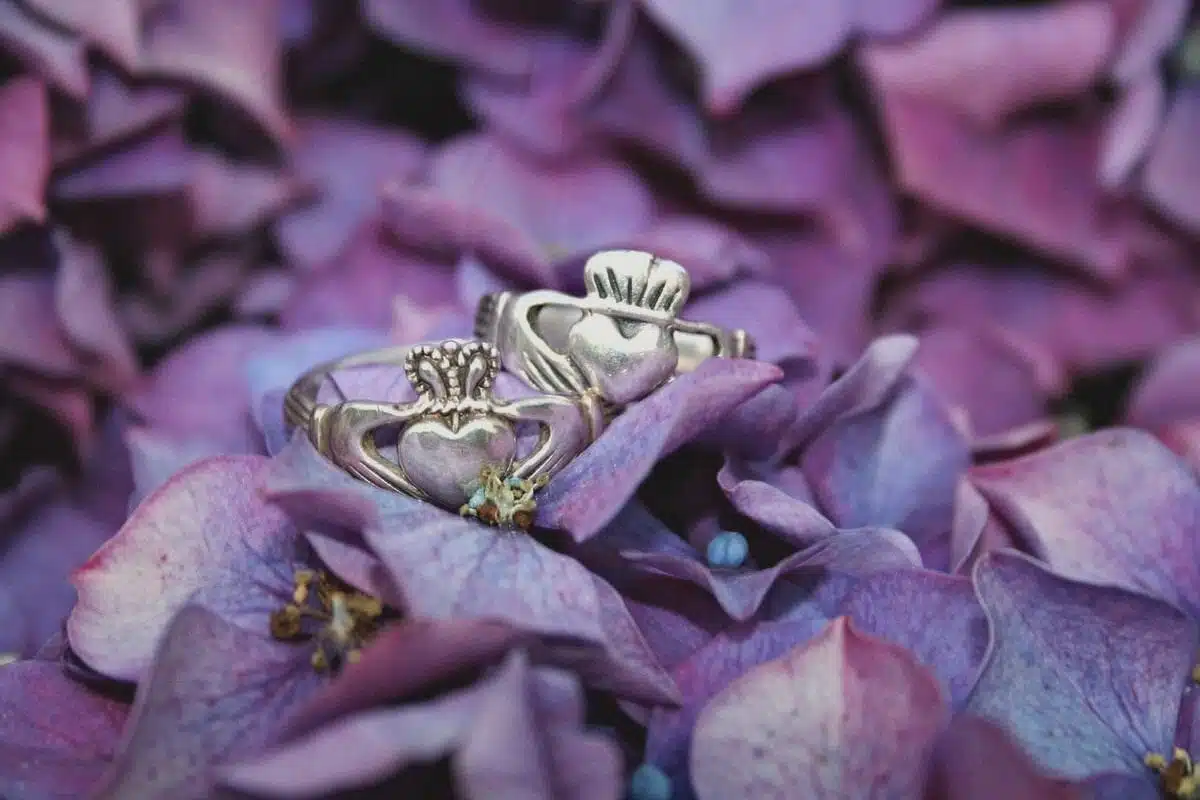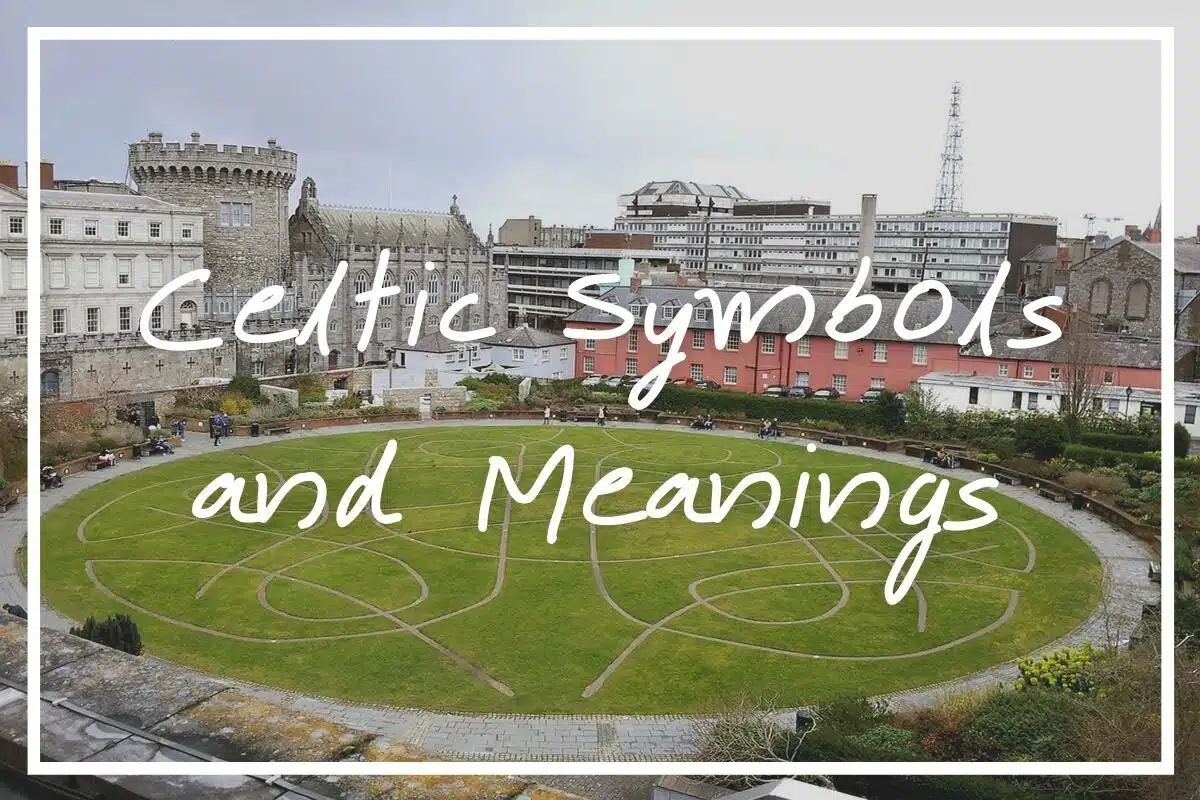
Trying to find out about celtic symbols and meanings? I hope this post helps!
They comprised hundreds of tribes that spread from Spain to the Black Sea.
They’re infamous for their intricate stone carvings and fine metalwork.
And oh yeah, they were the first Europeans to wear pants…
Which ancient people am I talking about?
The Celts, of course!
And, in this post, I’m going to detail the Celtic symbols for which they’re most famous, as well as where those designs come from, and what they mean.
Read on for a deep dive into the most popular Celtic symbols and meanings.
In the first section, I’ll run the origin of “celtic”and how to differentiate between Irish and Pagan celtic symbols…
Searching for Celtic signs? You might also like these:
- 45 Fun Facts about India
- 20 Amazing Cities in the UK
- 35 Fun Facts about London
- 20 Brilliant UK Bucket List Ideas
- 22 Longest Rivers in Europe
- 30 Fun Facts about Mexico
- 20 Amazing Destinations with Clear Water
What Does It Mean to Be Celtic?
Historians estimate that Celtic culture originated in central Europe as early as 1200 BC.
Interestingly, though, the Celts never formed a single “empire” or “nation.”
Rather, they were a collection of different tribes that shared a common language as well as cultural and religious beliefs.
As the Greek empire flourished, the Celts were gradually pushed out of western Europe.
Then, as the Roman empire expanded, they were forced into the British islands, and places like Spain and France.
The Romans called the Celts “Galli,” which means “barbarians.”
But ask anyone who’s seen their intricate artwork, and they’re sure to agree that these talented craftsmen were anything but!
Today, Celtic influence is felt strongest in places like Ireland, Wales, and Scotland.
In fact, the Welsh, Breton, Corning, and Gaelic languages can all trace their roots back to the Celts.
Shamrock is one of the example of Popular irish symbols..
Irish Symbols vs Pagan Celtic Symbols
Before we dive into the most popular Celtic symbols and meanings, let’s clear one thing up:
Are Irish symbols and Celtic symbols the same thing?
Not exactly.
The Celts first settled in Ireland around 500 BC, bringing their culture and religious beliefs with them. This included those magic Celtic symbols, like spirals, triangles, knots, and animals.
Popular Irish symbols like the harp and the shamrock didn’t appear until centuries later, as the Irish people developed their own distinct culture.
But what about the cross?
Interestingly, variations of the Celtic cross design existed for at least 500 years before Christianity.
Apparently, when Christianity first reached the Emerald Isle in the 4th century, Celtic culture was already well established.
In an attempt to convert the pagan Celts and make this “new religion” more palatable, these early Christians blended their religious beliefs with existing pagan traditions — such as the use of the cross.
So, while some symbols are distinctly Celtic or Irish, others (like the cross) are in fact a blend of the two cultures.
Related post: The Best Things to Do in Ireland
Check out the celtic knot meaning and other celtic symbols in the next section.
Top 25 Celtic Symbols and Meanings
Far from just being a pretty artistic expression, Celtic symbols and patterns had very specific meanings.
From what I gather, the Celts believed each pattern held a power that could help with everything from winning battles and attracting wealth to protecting their health and finding true love.
With this overview of Celtic culture in mind, let’s take a look at the 25 most common Celtic symbols and meanings.
1. The Celtic Cross
One of the most recognisable symbols on this list, the Celtic Cross was popular centuries before Christianity began – as we noted earlier.
It’s actually associated with sun worship and is also known as a “sun cross.”
The most common Celtic cross design features an ornate Latin-style cross with a ring, circle, or nimbus around the intersection.
Believed to be a symbolic compass of sorts, nobody today is sure of its exact meaning.
However, the best guesses include:
- The four cardinal directions (north, south, east, and west)
- The four elements (Earth, water, wind, and fire)
- The four seasons (summer, autumn, winter, and spring)
- The four stages of the day (morning, midday, evening, and midnight)
- The mind, body, heart, and soul
As mentioned earlier, the Celtic Cross has also become a symbol of Christianity. It blends the traditional Christian symbol with the pagan symbol of the sun.
Today, people use the Celtic Cross as a representation of knowledge, compassion, strength, and infinite love. It also symbolises harmony in the natural world and is believed to protect people from evil influences.
2. The Celtic Knot
There are an endless variety of Celtic Knots, some of which we’ll explore in more detail later. For now, let’s start with the most basic knot pattern which consists of a single, endless thread.
This Celtic Knot symbolises eternity, unity, friendship, loyalty, and everlasting love. Its design can also symbolise the path of life that brings one to the centre (or the highest degree of spirituality).
The Knot represents anything without a beginning or end. It’s also a beautiful expression of two souls or spirits being woven together for all eternity.
Although they’re instantly recognisable as a Celtic symbol, knots were also prevalent among other ancient societies, including the Egyptian, Byzantine, and Roman empires.
Ironically, it’s impossible to say exactly where or how these symbols for eternity began!
3. The Triquetra (Trinity Knot)
From the Latin term meaning “three corners,” the Triquetra or Trinity Knot is made up of three interwoven arcs — in other words, a triangle.
It’s one of the oldest Celtic symbols, dating back to the Iron Age. It’s a prominent feature in both medieval manuscripts and ancient architecture.
Throughout the ages, it’s been used to symbolise many things, such as:
- The Valknut (a pagan symbol from Norse mythology)
- Earth, Fire, and Water
- Earth, Sea, and Sky
- A symbol of eternal love (AKA the “Irish Love Knot”)
- The three stages of a woman’s life: a maiden (innocence), a mother (creation), and a crone (wisdom)
Today, the Trinity Knot is most commonly associated with unity, eternity, and the desire for a long life span.
4. The Celtic Tree of Life
Like almost every other ancient culture, the Celts also viewed trees as a special or even mystical connection between heaven and earth.
(You might also hear it called the Gaelic Tree of Life or by its Irish name, Crann Bethadh.)
At its core, the Tree of Life symbolises harmony and balance between the forces of nature as well as between heaven and earth.
The Celts believed that trees were home to the spirits of their ancestors and a bridge between worlds. In fact, the origin of the English word “door” comes from the Celtic word “daur,” which was seen as a doorway to the otherworld.
Oak trees were especially valued as a life-giving source of timber and shelter. They were also viewed as symbols of strength, solidarity, and perseverance.
If you are looking for another interesting magic celtic symbols, Check out this one!
5. The Triskele (Triskelion)
This symbol shows up not only in Celtic culture as a symbol of the Druids but also in ancient Greece and Malta. It takes the form of an interlocked triple spiral that appears to have three legs.
The Triskele symbolises three distinct worlds: the physical world we live in, the spiritual realm of the gods and our ancestors, and the cosmic world of stars and planets.
6. Celtic Spirals
Celtic art and architecture are full of spirals that symbolise different things:
- A counterclockwise single spiral represents a person’s growth and development over time
- A clockwise single spiral is related to migration, movement, and the element of water
- A combined double spiral represents winds flowing in opposite directions
- A centred double spiral represents the moon, as well as harmony and balance in nature
Fun fact: Did you know that some of the oldest spirals in the world are found in Ireland? The Newgrange neolithic monument dates back to 3200 BC, making it older than both the Pyramids and Stonehenge!
7. The Symbol of the Awen
The Awen is known as one of the prominent inner strength Celtic symbols.
It resembles rays of light emanating from three different points. Each ray represents a pillar of awakening that stands for understanding, loving, and maintaining truth.
8. The Spiral of Life
This symbol predates the Celtic culture, but the Celts adopted it and used endless variations throughout their history.
Originally thought to symbolise the sun, the threefold Celtic version is associated with a Celtic triune (or three-fold) goddess.
9. The Dara Knot
The intricate Dara Knot symbol resembles the never-ending life cycle of the tree — specifically, the root system and branches of the sacred oak.
The ancient Celts called on the Dara Knot for wisdom and strength in times of distress. Today it evokes the images of endurance, strength, and destiny.
Claddagh ring is not technically one of the celtic signs but one of the best known Irish symbols..
10. The Claddagh Ring
Although not technically Celtic, the Claddagh ring is one of the best-known Irish symbols.
This instantly recognisable piece of jewellery embodies three elements: love (a heart), loyalty (a crown), and friendship (hands). It originated sometime in the Middle Ages in a small Galway fishing village and today is a symbol of Irish identity.
11. The Serch Bythol
If you’re on the hunt for a lesser-known but beautiful Celtic symbol, look no further than the Serch Bythol, also called the Celtic Love Knot.
It’s a combination of two Trinity knots and is one of few Celtic symbols that represent the love between family members.
12. The Wheel of Taranis
Taranis Lucan was the God of Thunder in Celtic mythology. He appears on coins and in carvings as a bearded god with lightning in one hand and a wheel in the other.
The Taranis Wheel resembles a ship’s wheel and is associated with the sky, the sun, the elements, and (of course) the deities.
13. The Ailm
Lesser known of the inner strength Celtic symbols, the simple Ailm (a plain cross inside a circle) symbolises the evergreen fir tree.
In ancient Celtic tree culture, the evergreen was associated with the restoration of a person’s soul. It was also considered to be the personification of inner power and strength.
14. The Celtic Motherhood Knot
The unbreakable bond of love between mother and child is beautifully symbolised in the Icovellavna, also called the Celtic Motherhood Knot.
Traditionally, the design features two intertwined hearts with no beginning or end. As the family grows, additional symbols like hearts and dots can be added to represent each new child.
15. The Druid Sigil
One of the more popular magic Celtic symbols, the Druid Sigil appears as a circle (or a wreath) with two vertical lines running through it.
The Druid Sigil is closely linked with Mother Earth and reproduction and was used in ancient fertility rites.
16. The Double Spiral
A variation of the Celtic Spiral, the Double Spiral symbolises all the dualities in our world.
Originally thought to represent the spring and autumn equinoxes, the Celtic Double Spiral can be linked with the ideas of life and death, light and darkness, or yin and yang.
17. The Eternity Knot
Also called the Infinity Knot, this symbol appears in cultures and religions around the world.
The Celtic version is comprised of one cord that forms three intertwined loops. It’s connected with the concepts of beauty, eternal youth, and immortality.
18. Cernunnos
Among the Celtic deities, Cernunnos did it all — he was the God of fertility and life, the ruler of the underworld, and the “lord of the wild things.”
He’s usually depicted sitting crosslegged beside a deer or a bull, wearing a necklace and a pair of horns or antlers on his head.
If you are looking for inner strength celtic symbols, worth it to check this one…
19. Celtic Circular Knots
One of the most intense and intricate Celtic signs, circular knots were often used as amulets.
They hold a variety of meanings, from the sun to infinity to inner strength and wisdom.
20. The Five-Fold Symbol
So simple yet so beautiful, the Celtic Five-Fold symbol is comprised of five thin interlocking rings.
The rings stand for the five elements — earth, fire, air, water, and the sun — and the way they balance each other in perfect harmony.
21. The Celtic Dragon
Every culture has its version of the dragon, but the Celtic Dragon is arguably one of the best.
It’s drawn in one continuous line, representing eternity and wholeness, while the sharp arrow on its tail is a symbol of unbeatable power.
22. The Celtic Griffin
Balance, nobility, and fierce loyalty — the Griffin encompasses all three of these desirable traits.
Like other ancient cultures, the Celts depict this mythical creature with the head of an eagle and the body of a lion.
23. The Celtic Deer
To the ancient Celts, the deer symbolised strength and sunlight.
It was also closely associated with the Tree of Life and served as a reminder of the importance of spiritual growth.
24. The Celtic Bull
Worshipped by the Celts, the Bull traditionally adorned every wall of their homes.
This comes as no surprise when you learn that the Bull is a symbol of both prosperity and fertility.
25. The Celtic Boar
In Celtic mythology, the Boar had two distinct meanings.
On one hand, it symbolised the strength and persistence of their hunters and warriors. It was also connected with the love and hospitality of Celtic women.
Magic Celtic Symbols (And Much More)
Many ancient Celtic signs are closely associated with popular Irish symbols.
But as we’ve discussed, the history of these Celtic symbols and meanings goes back over 2,500 years!
Whether you’re seeking inspiration for a tattoo or an art project, or just want to learn more about Celtic history, I hope this post sheds some light on your favourite Celtic symbols.
Eager to learn more historical facts about Britain? Read this post next that’s full of fun facts you never knew about the UK
